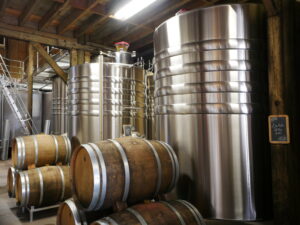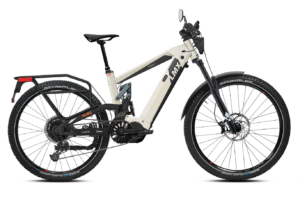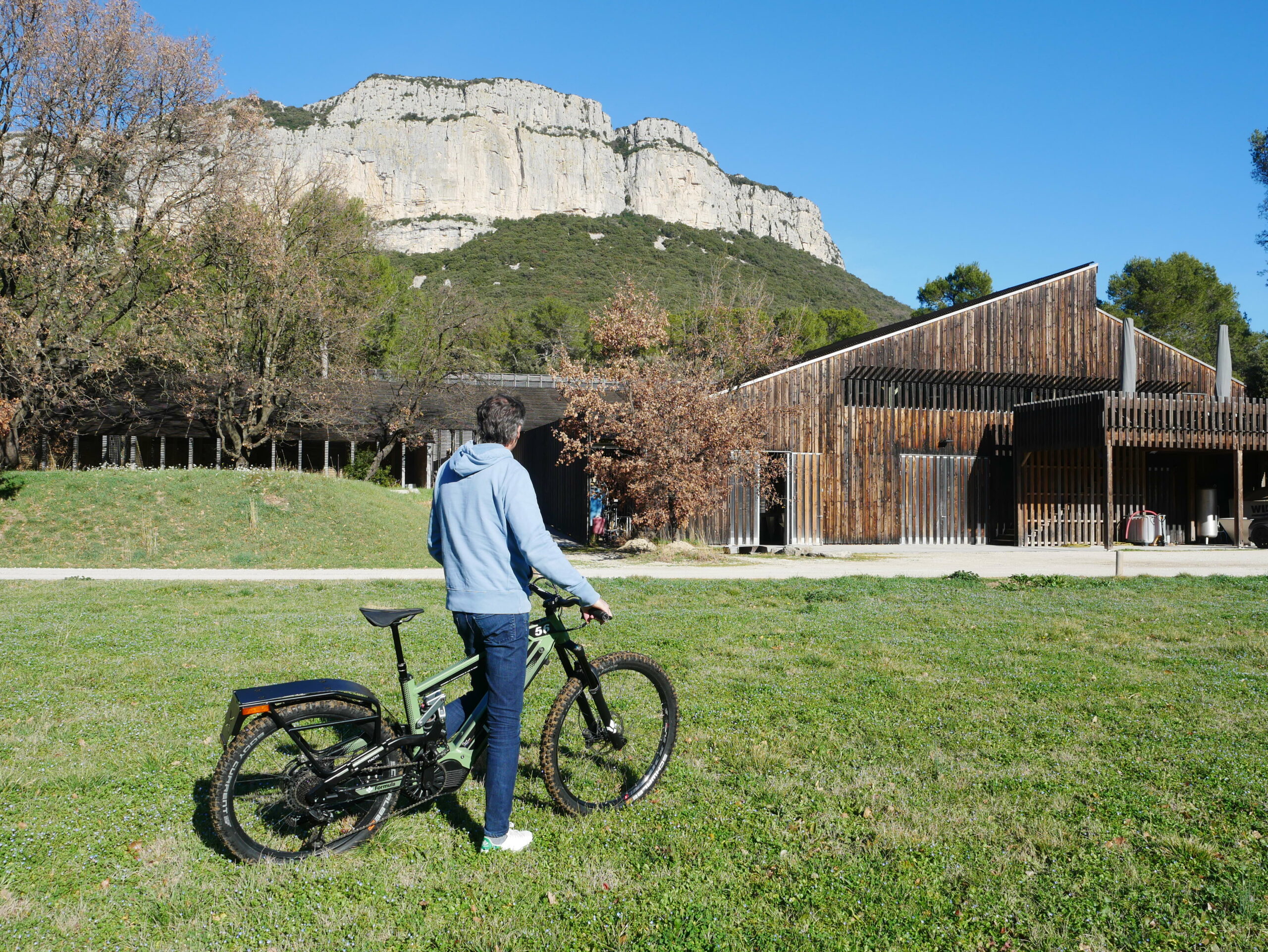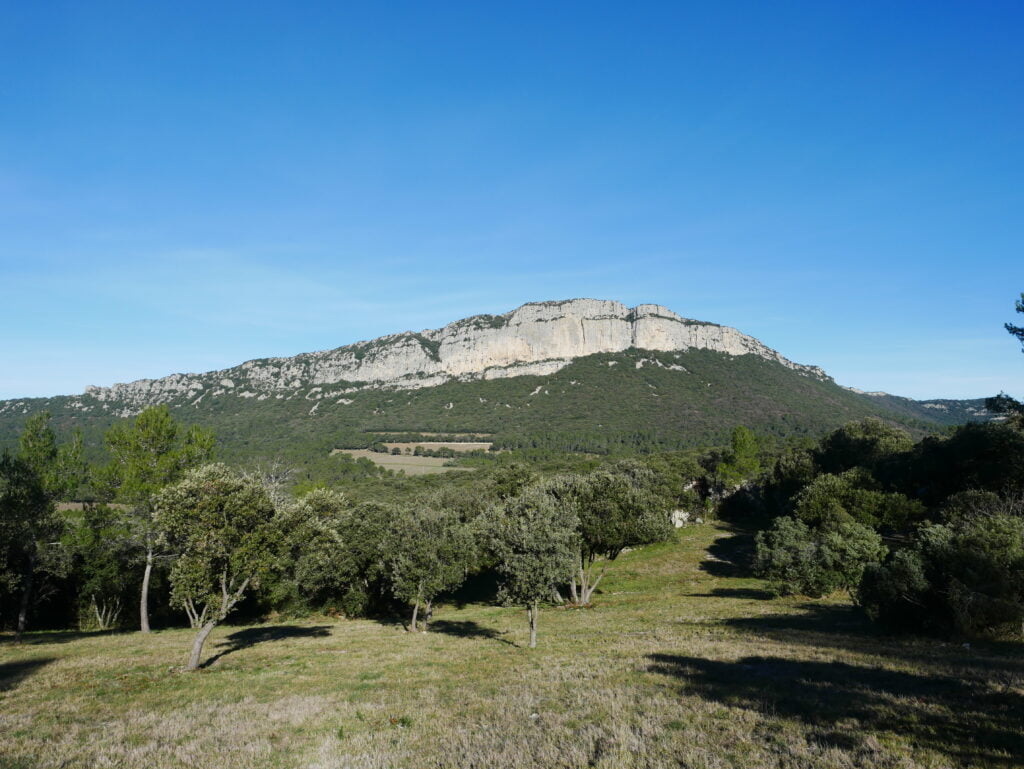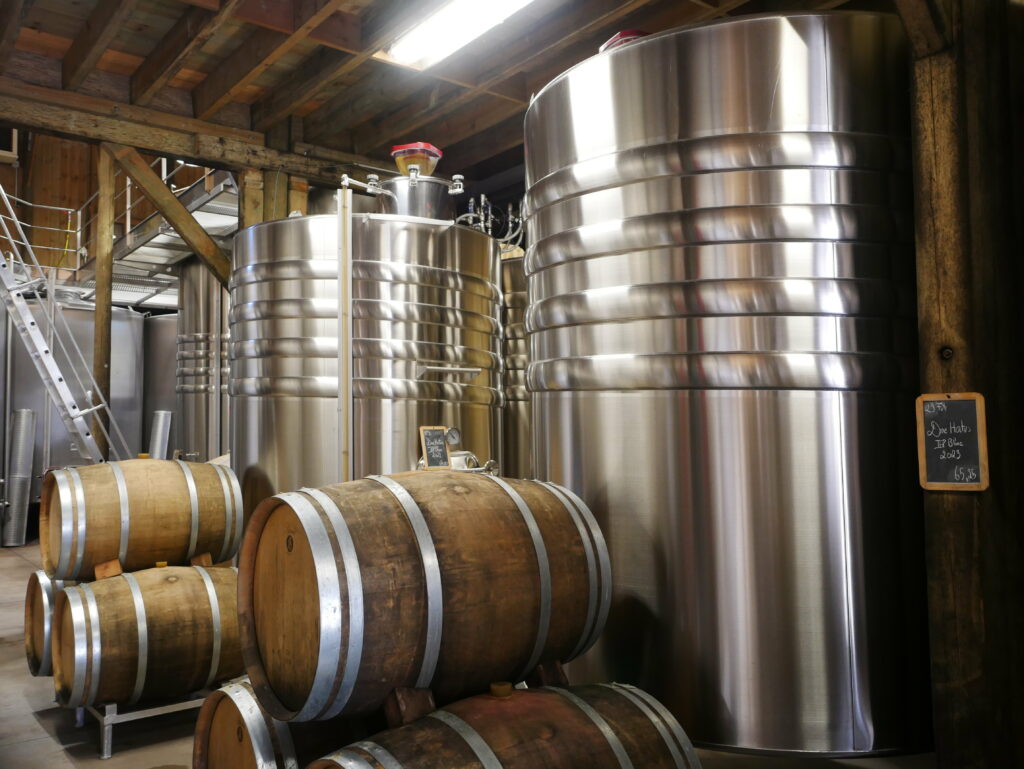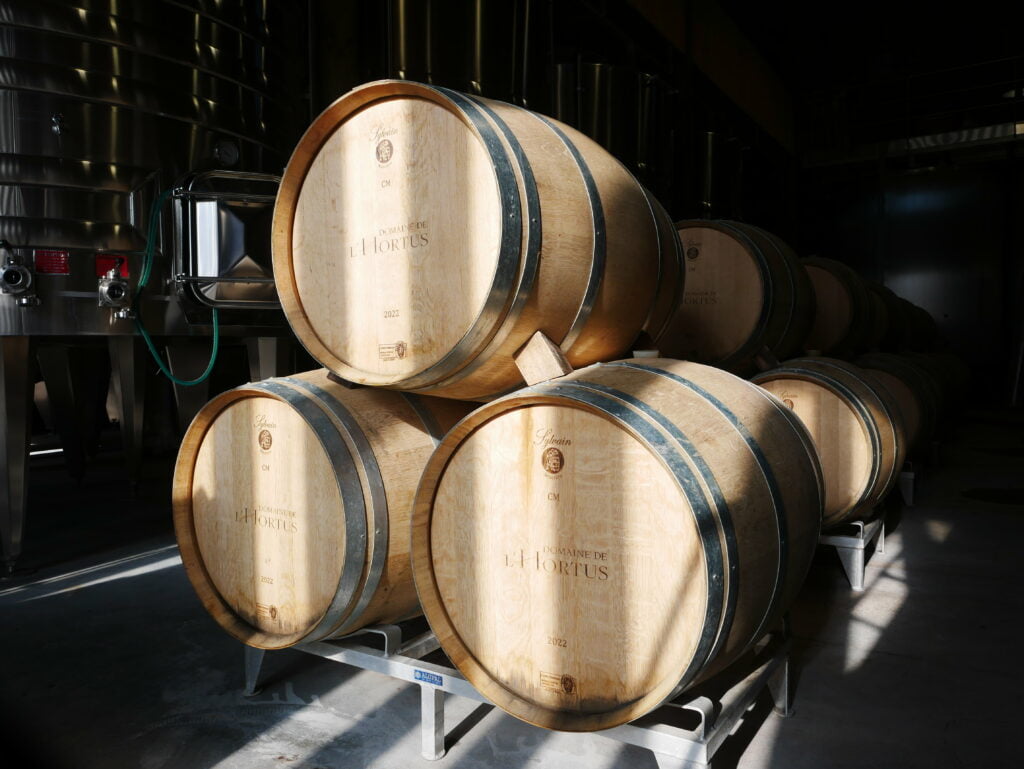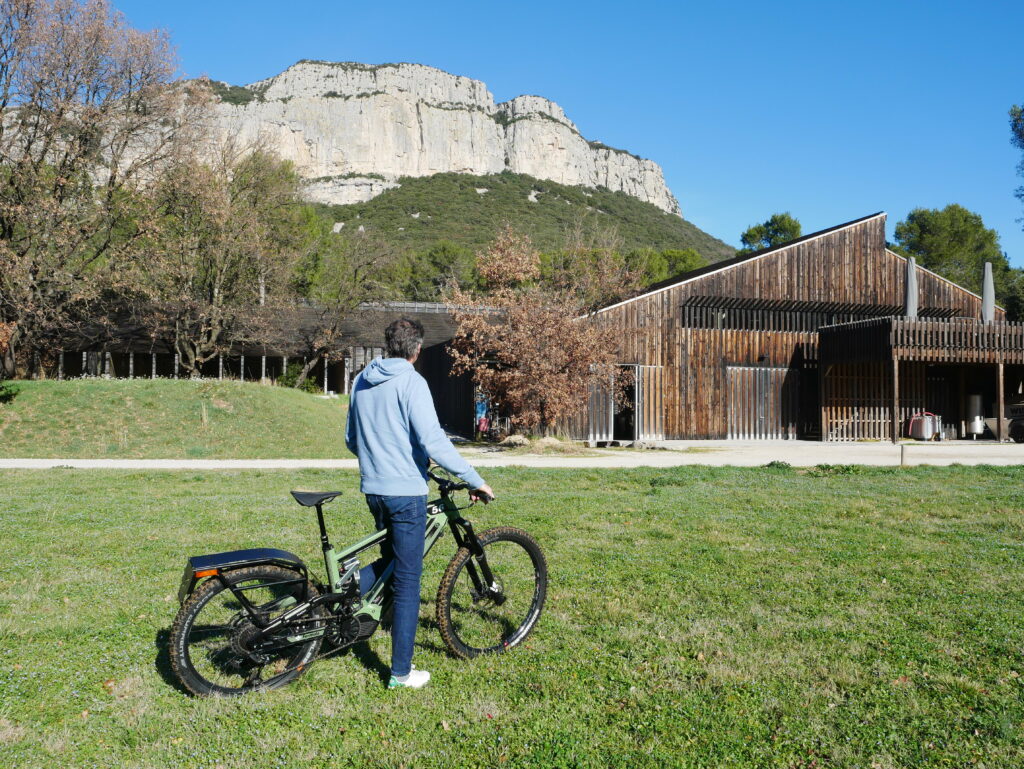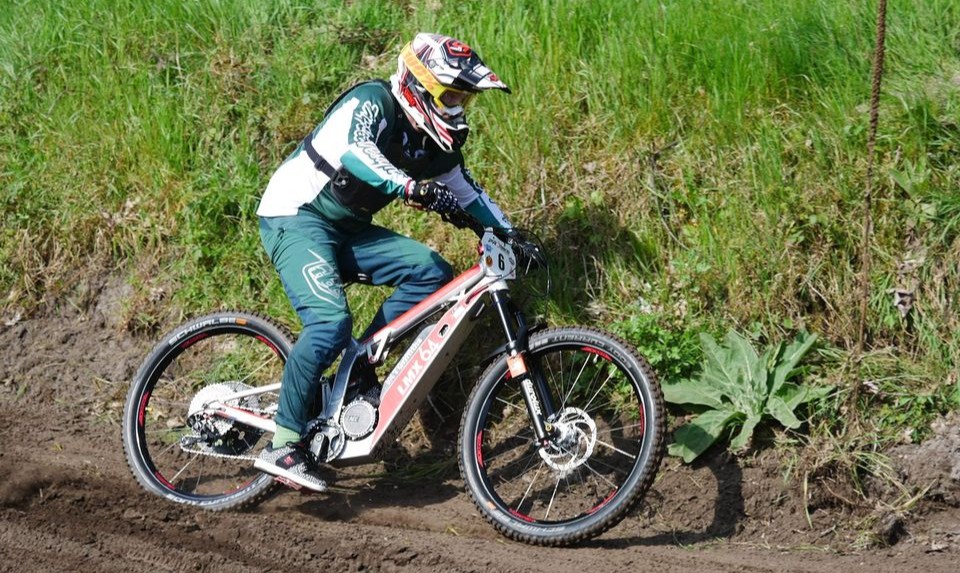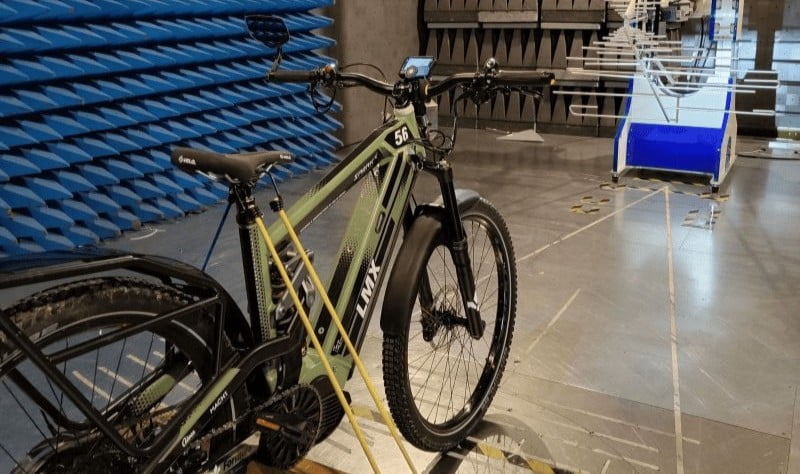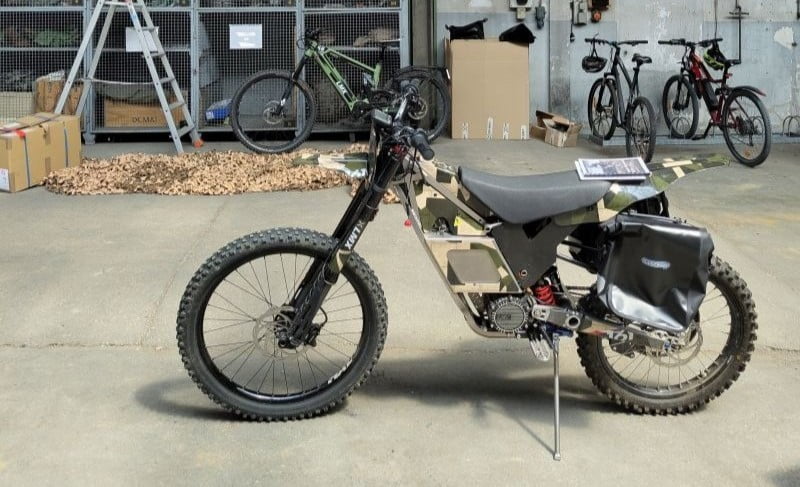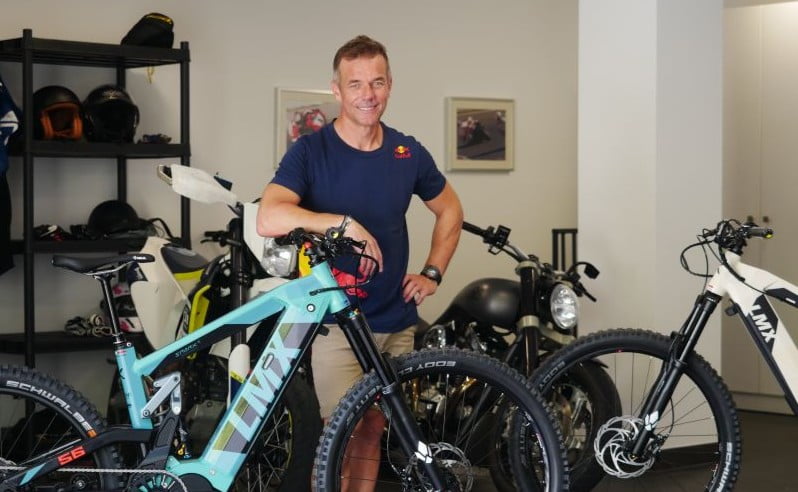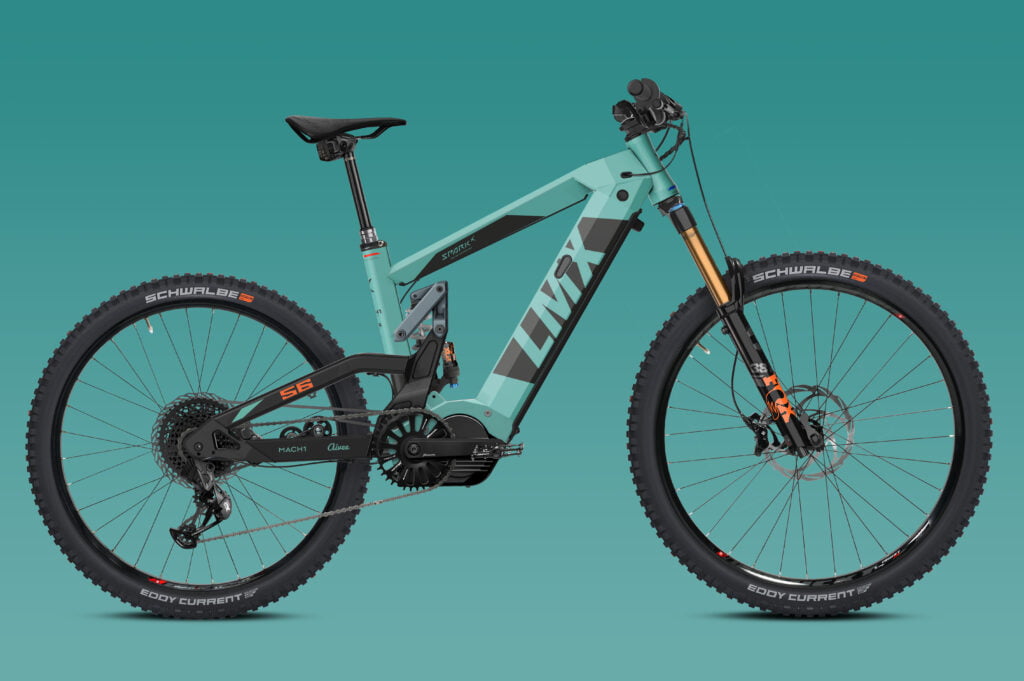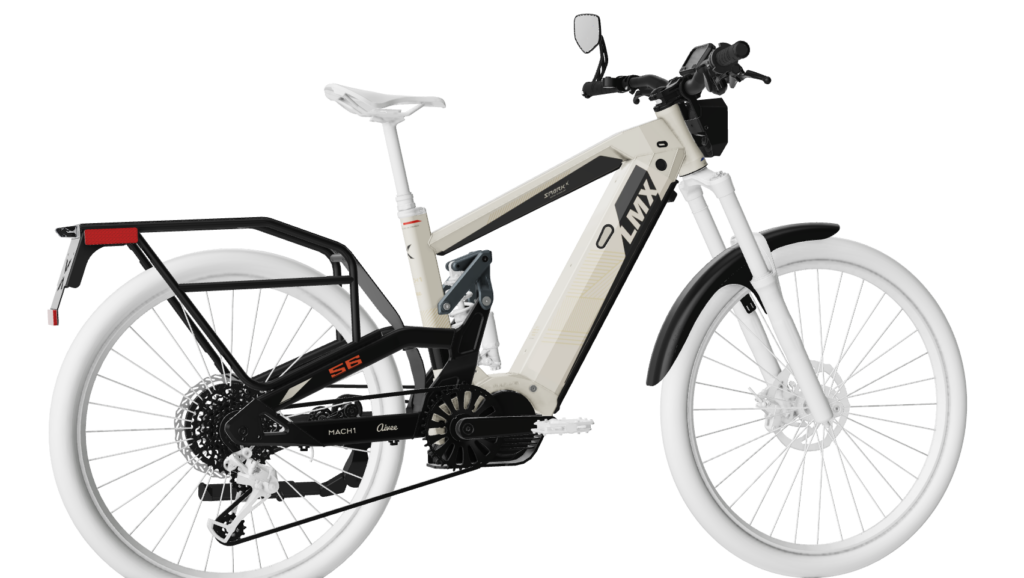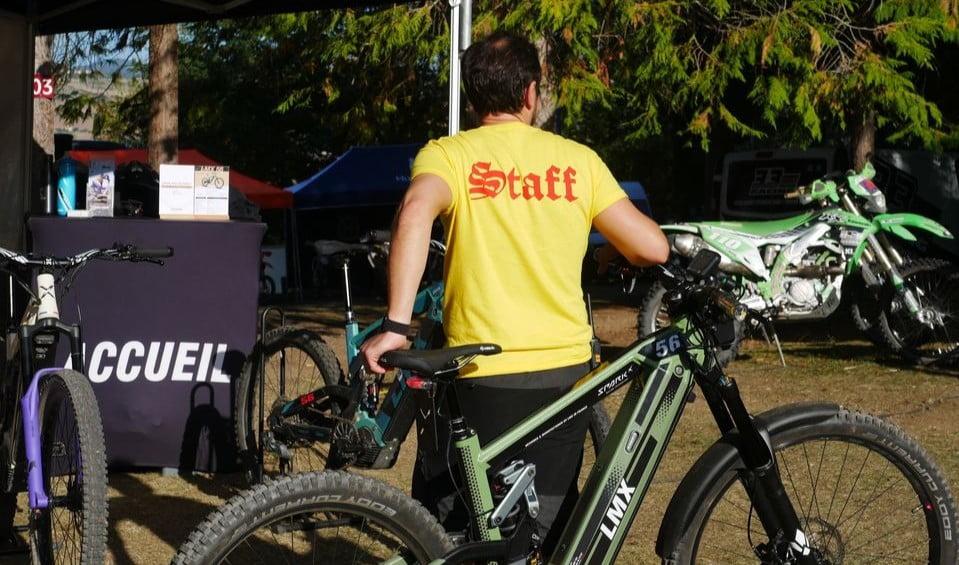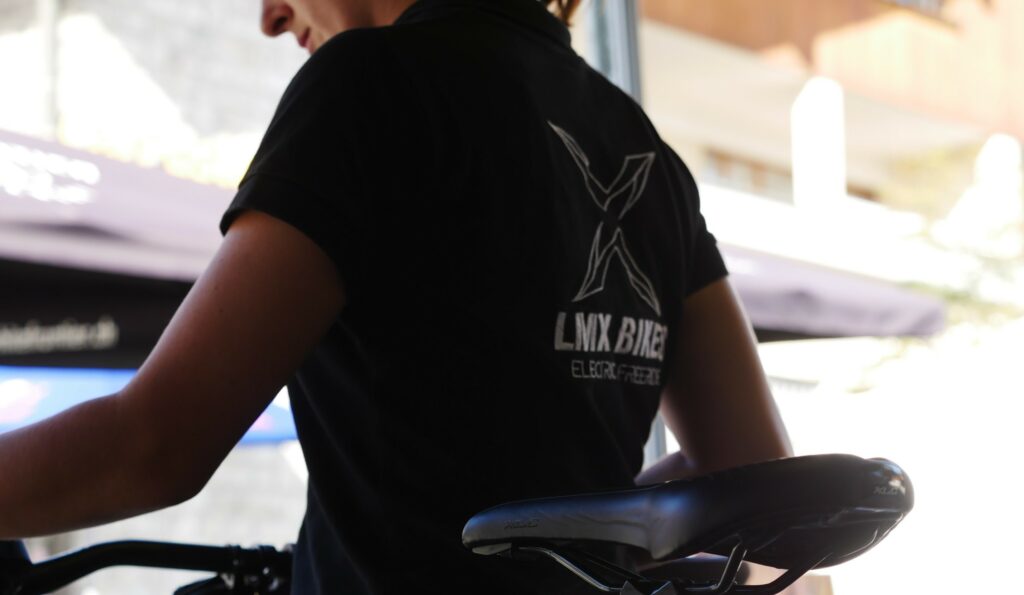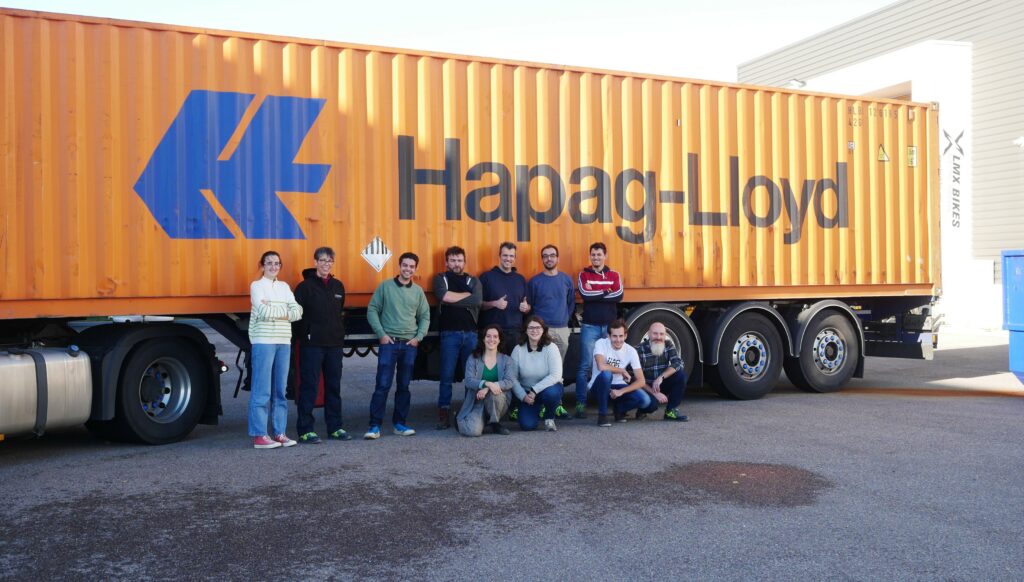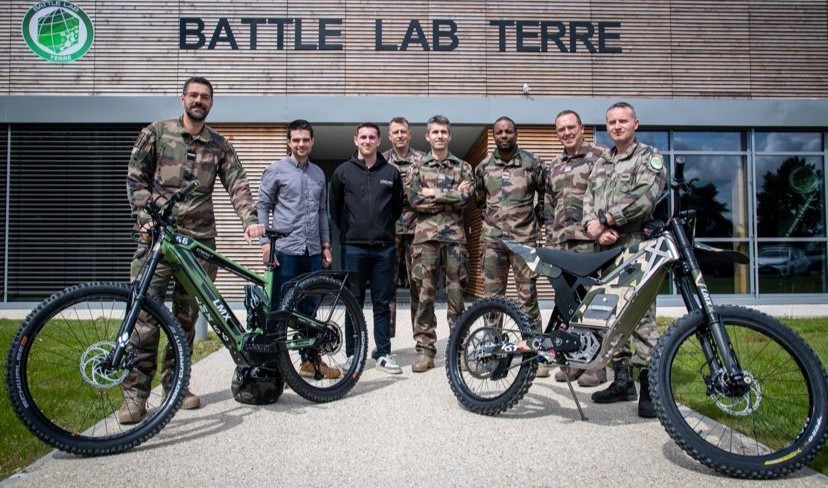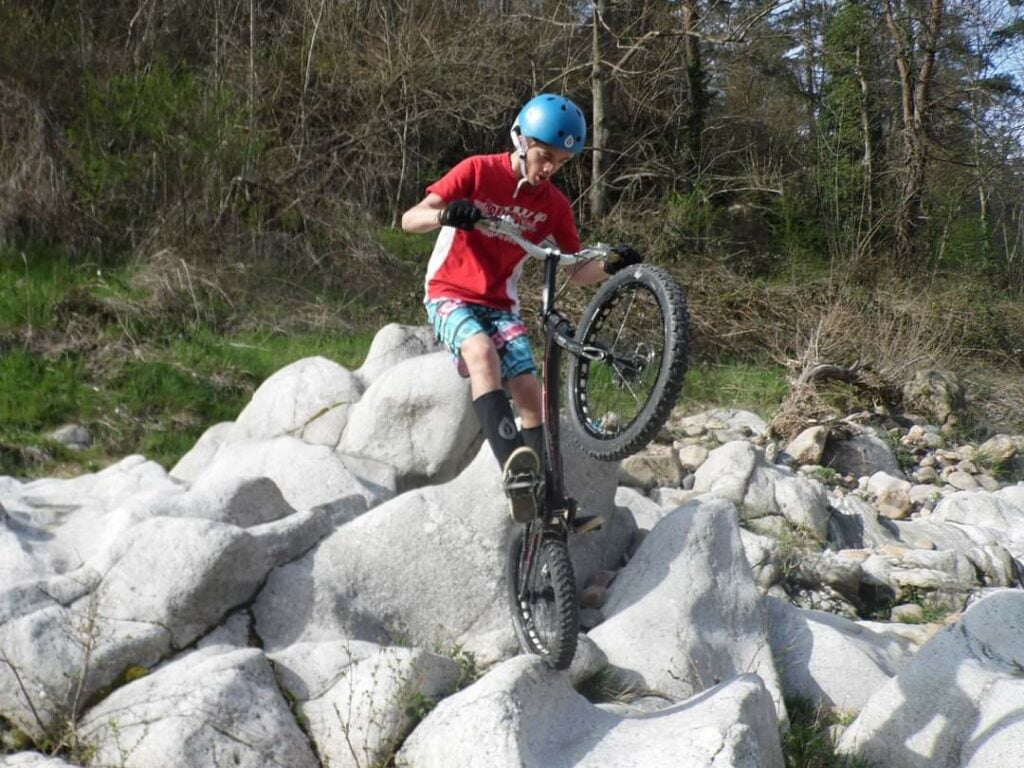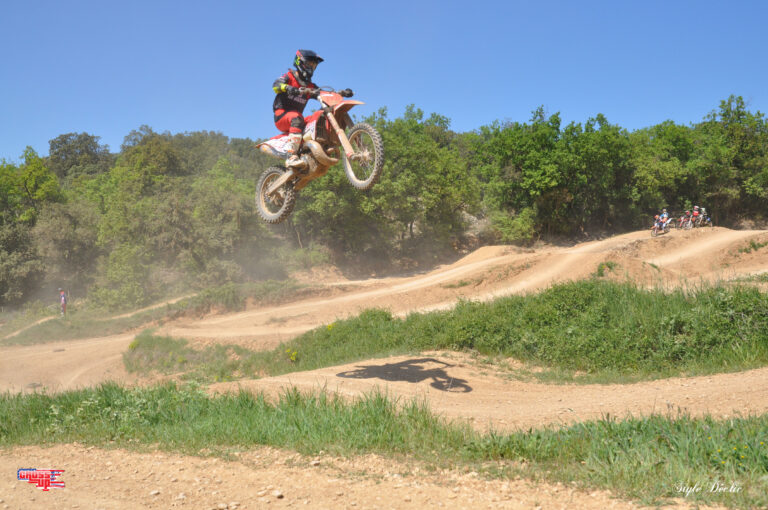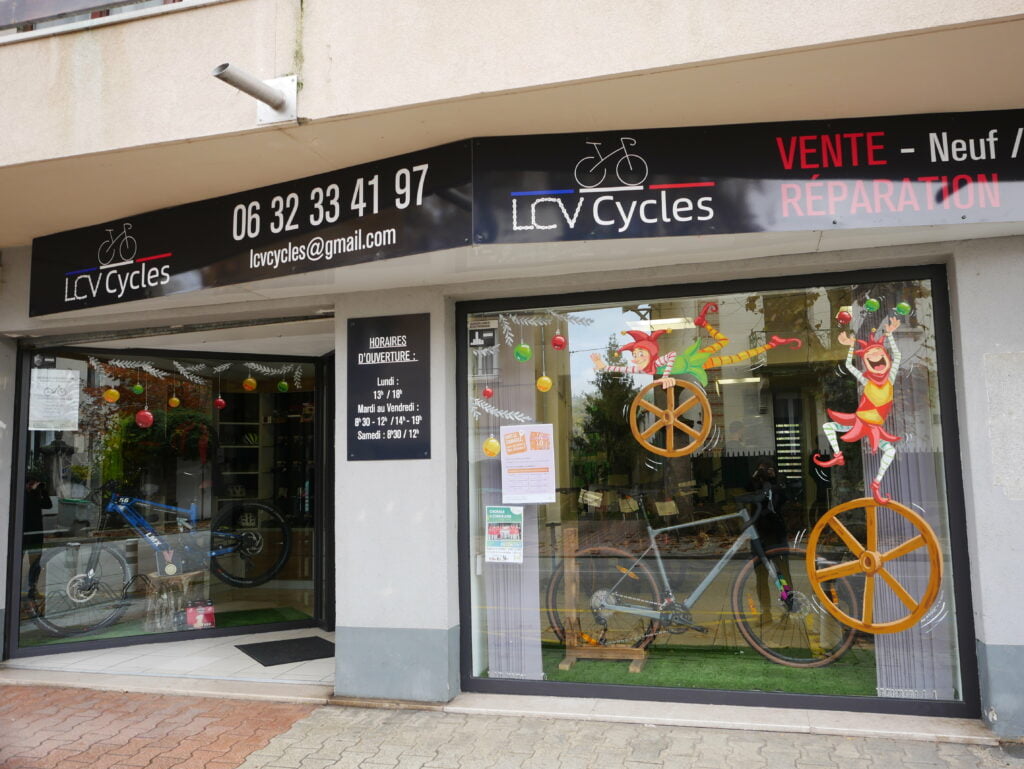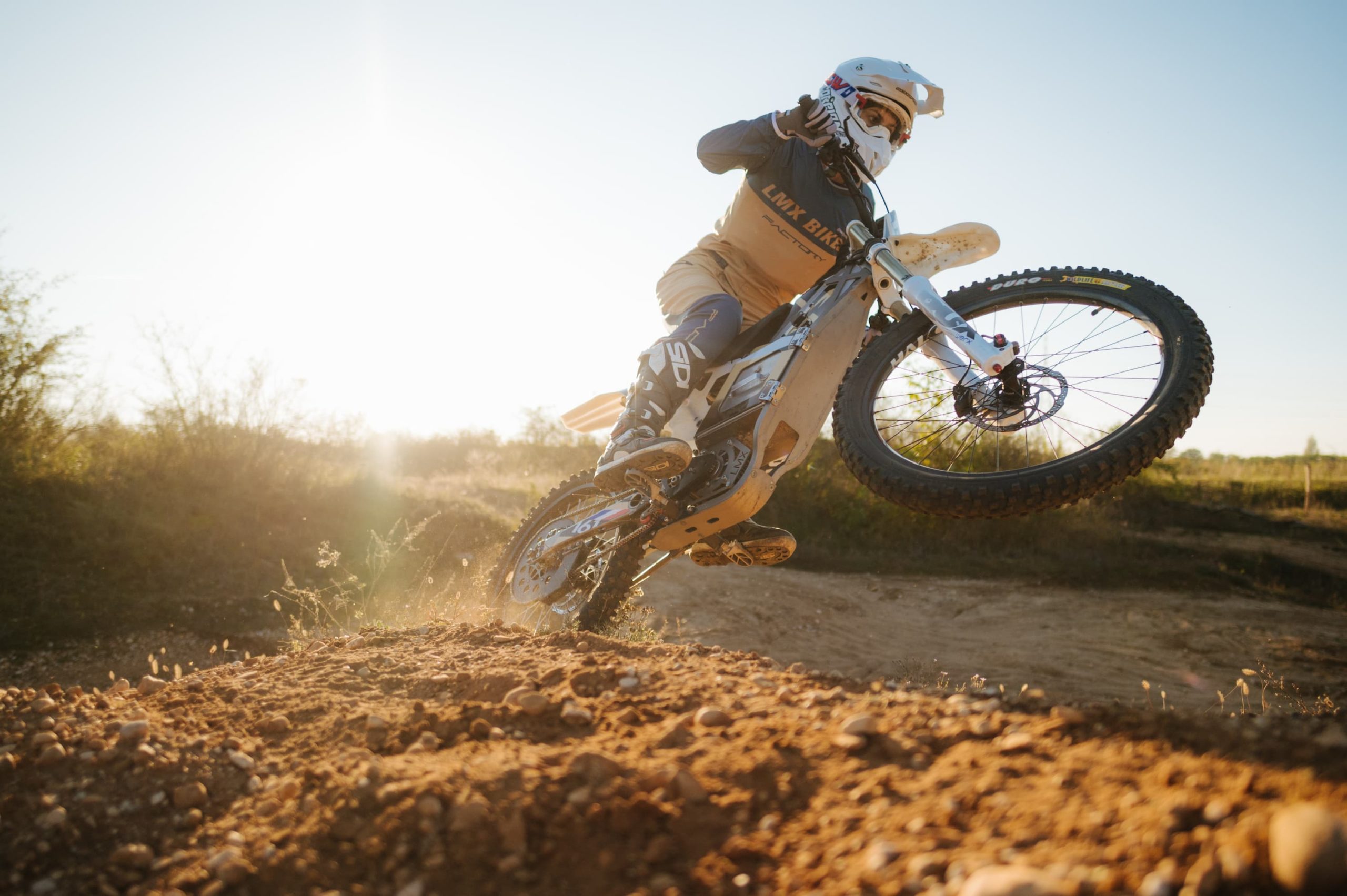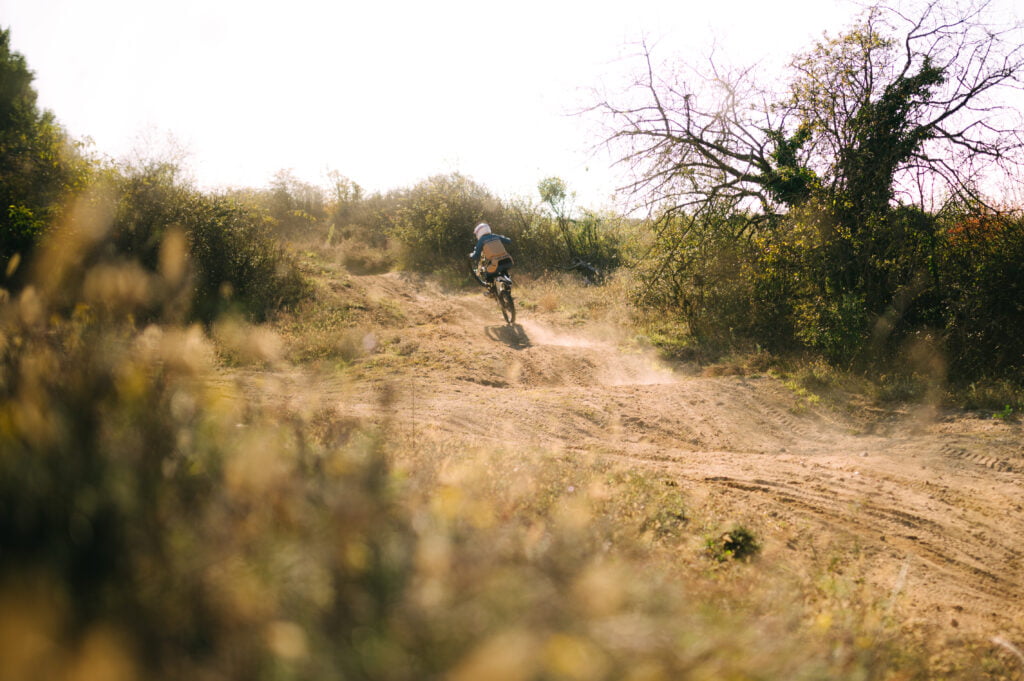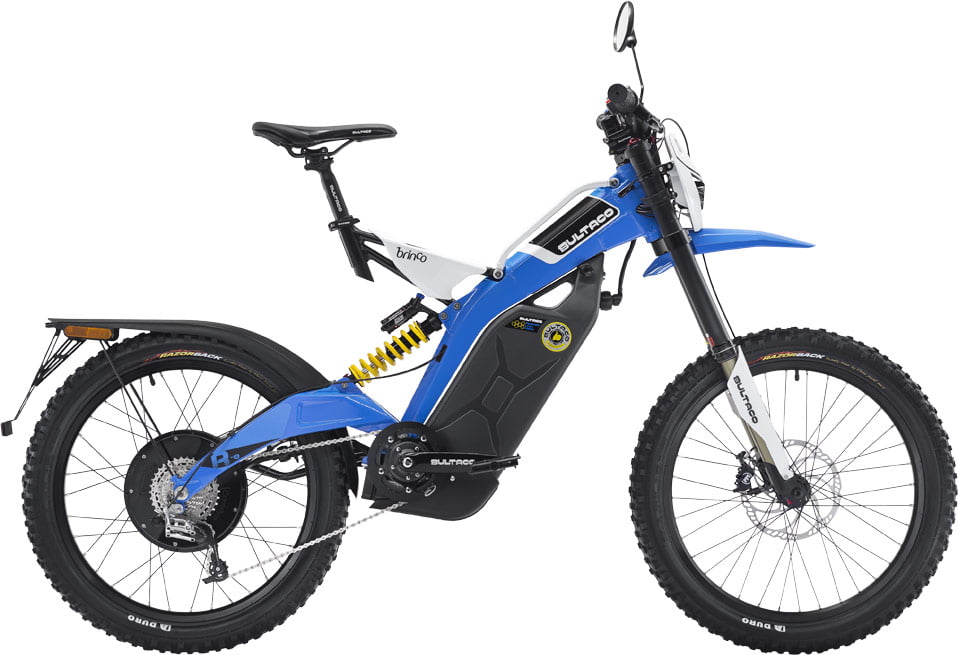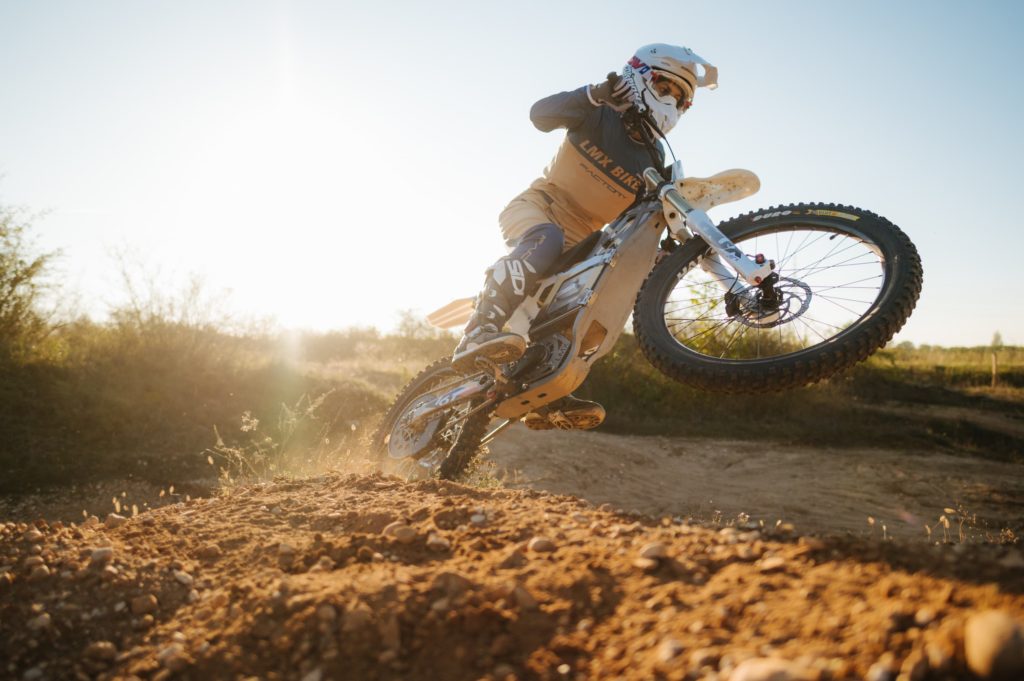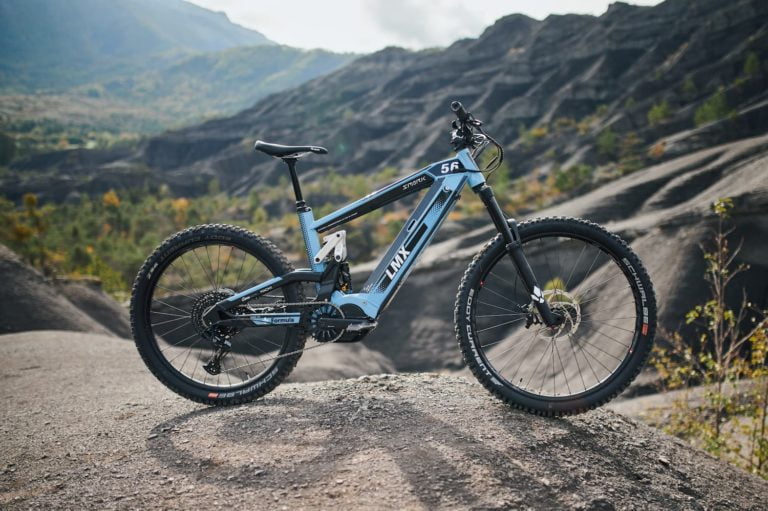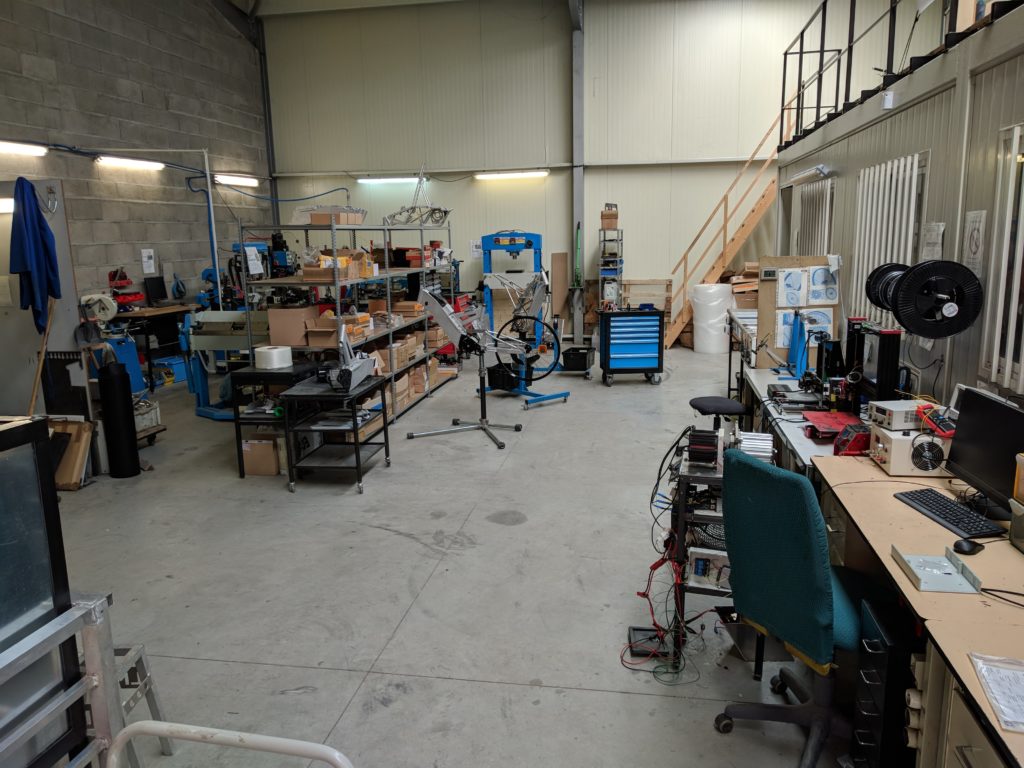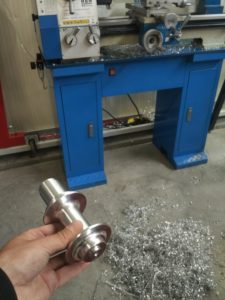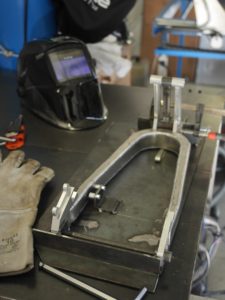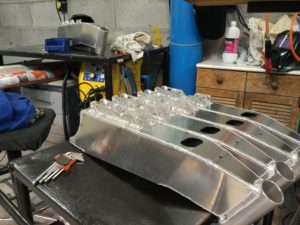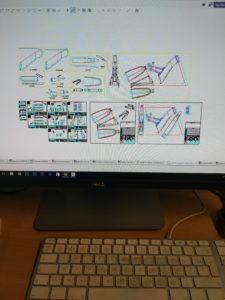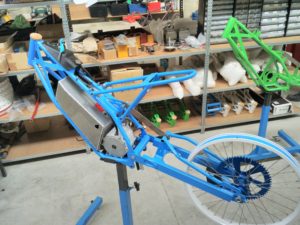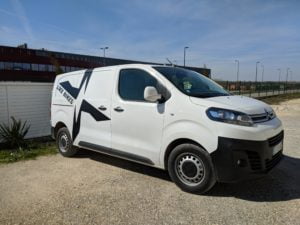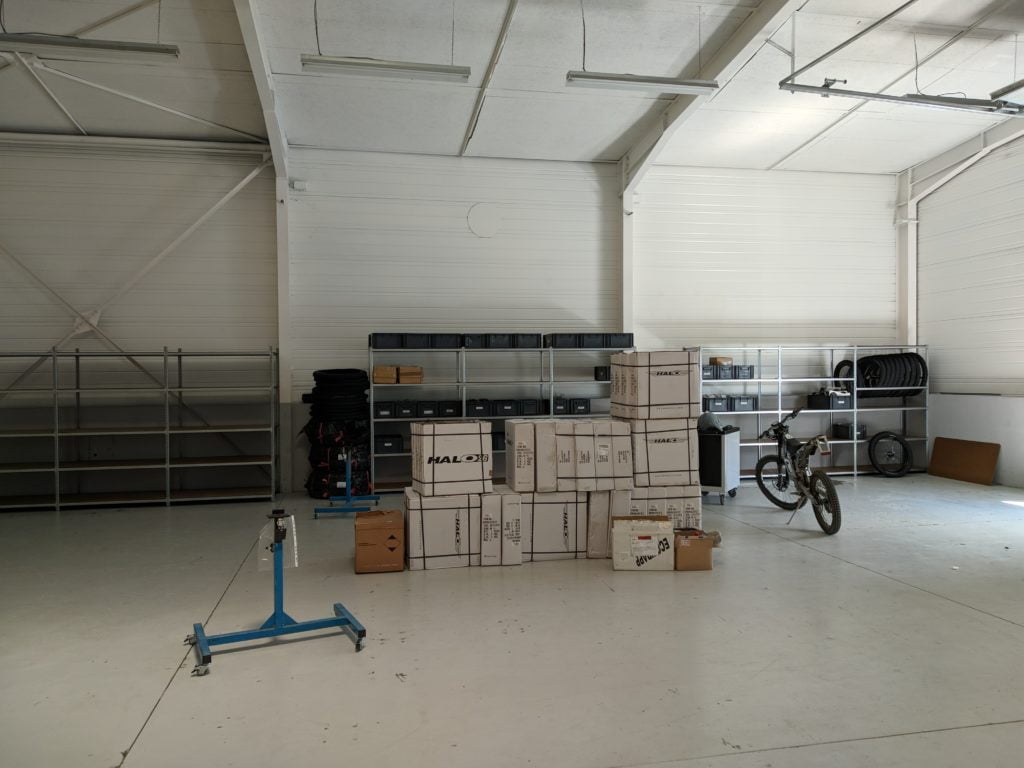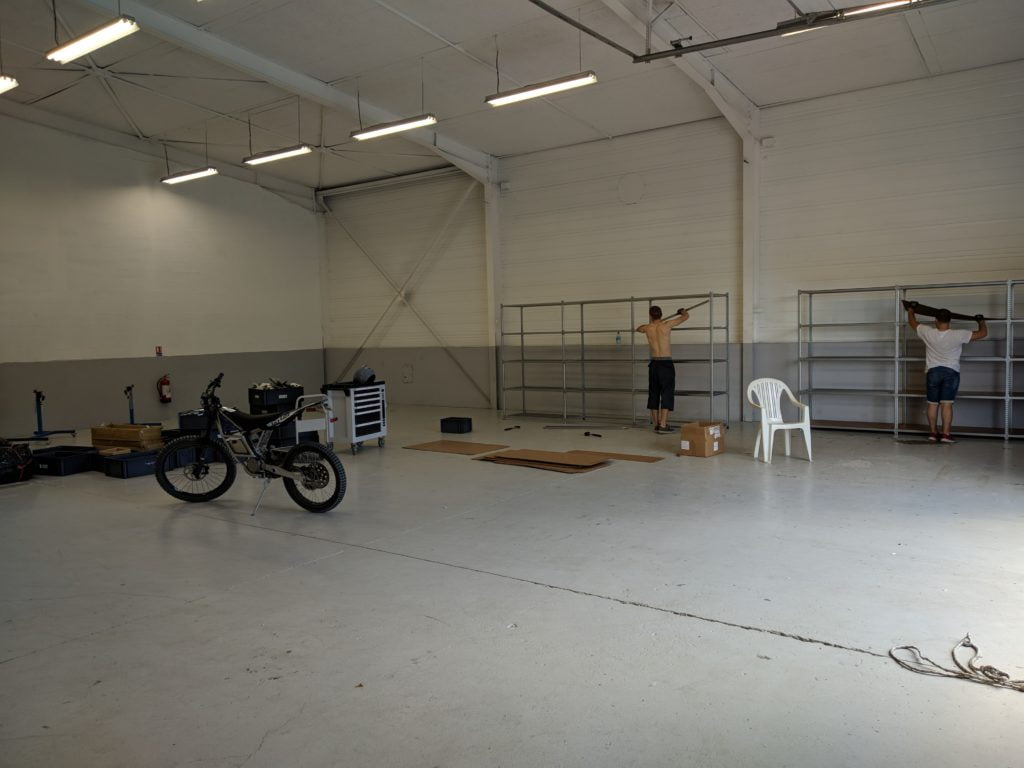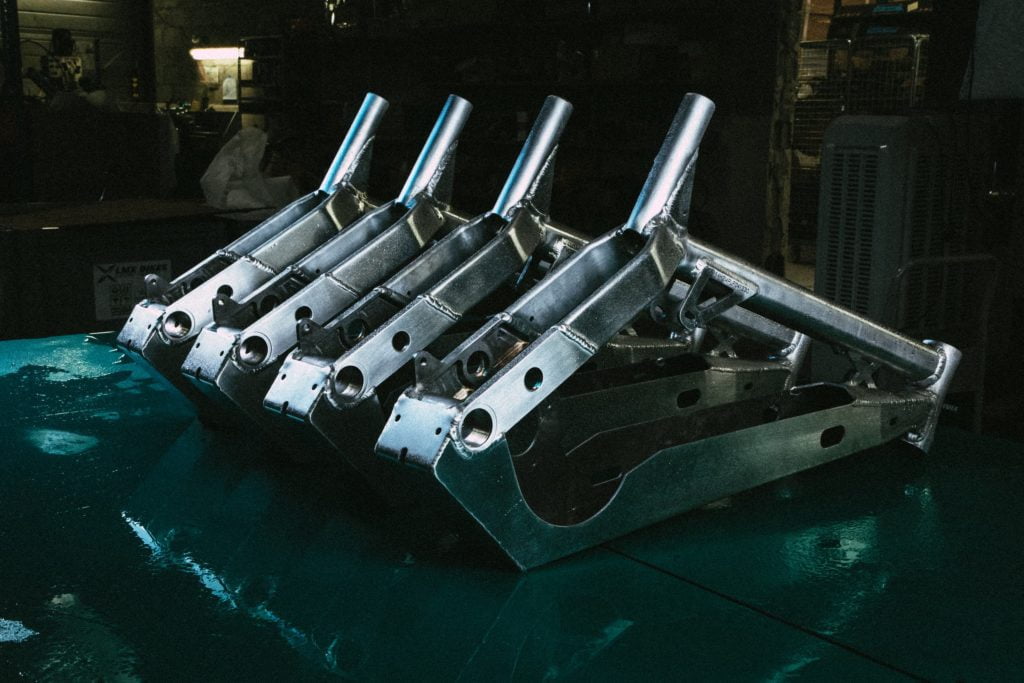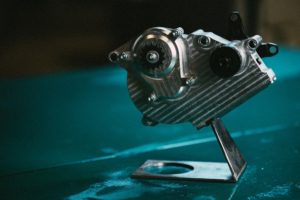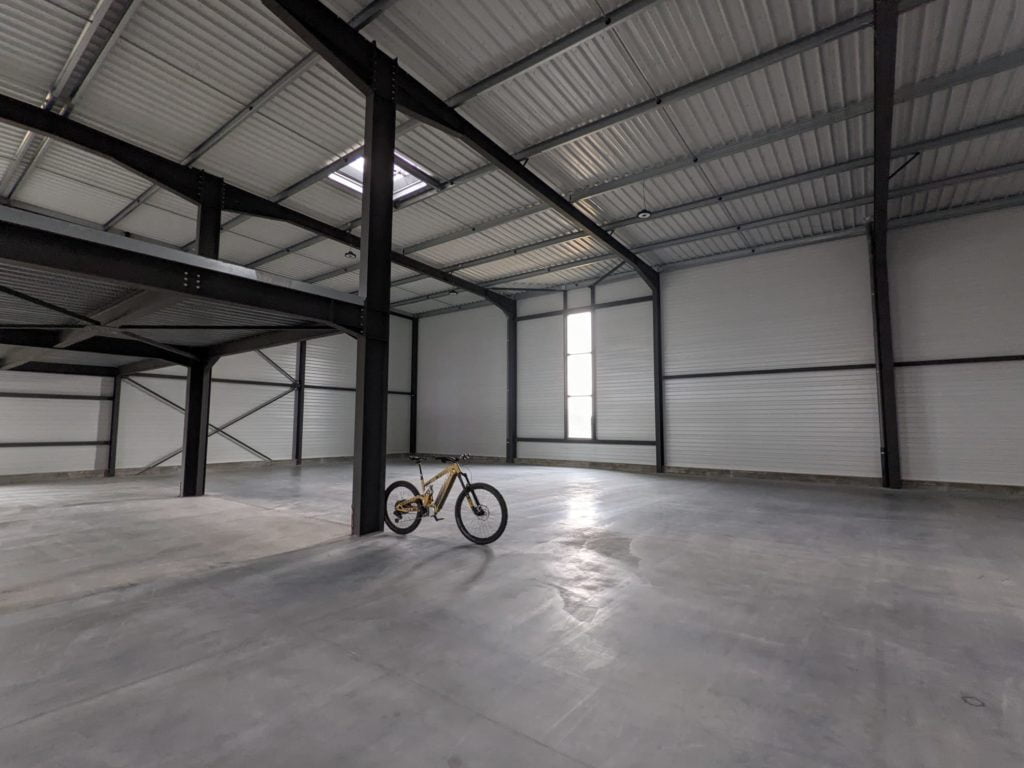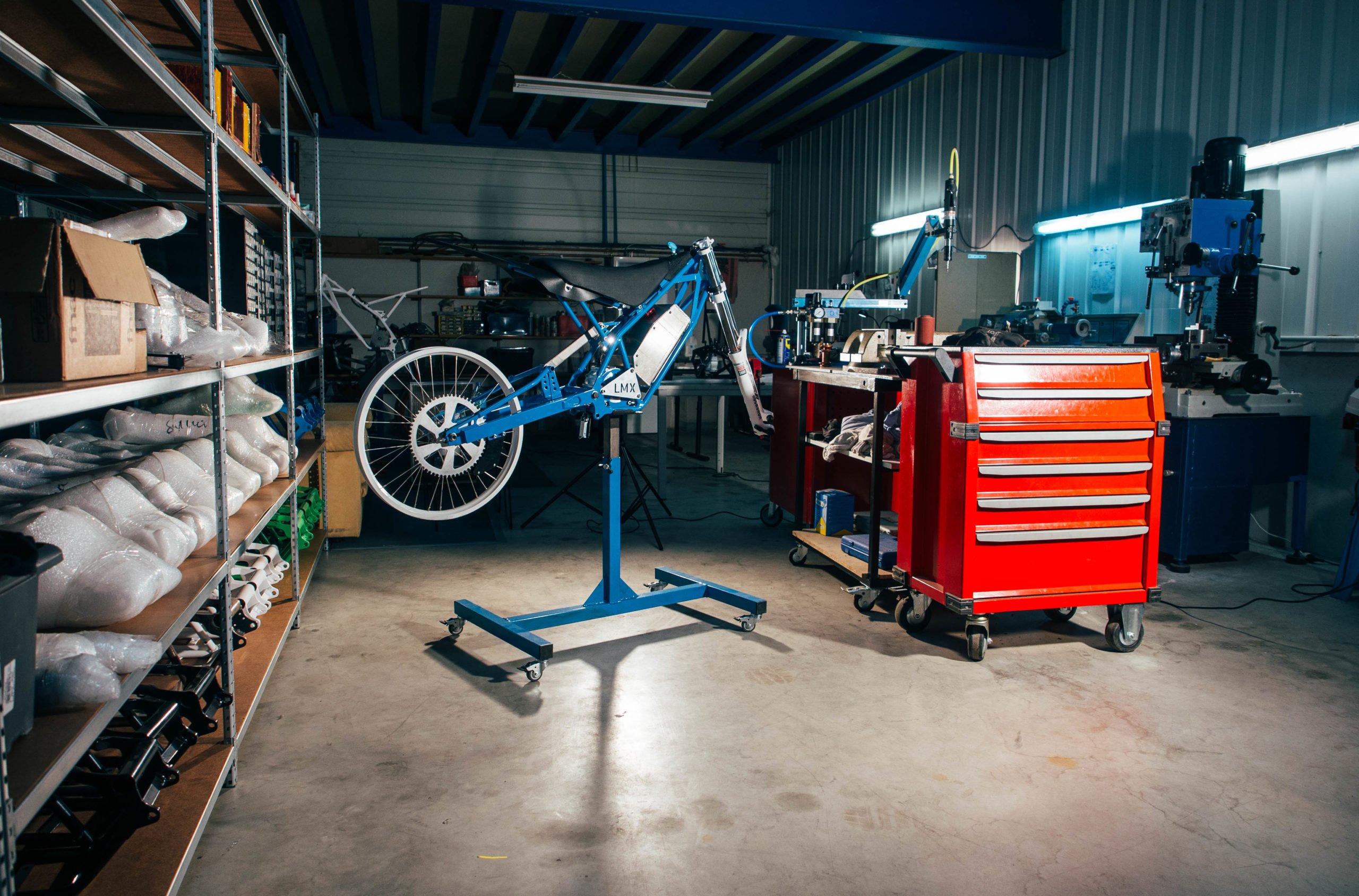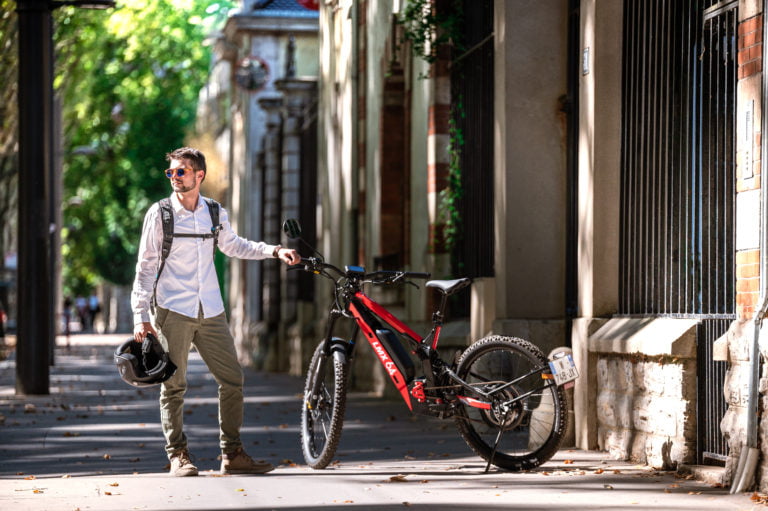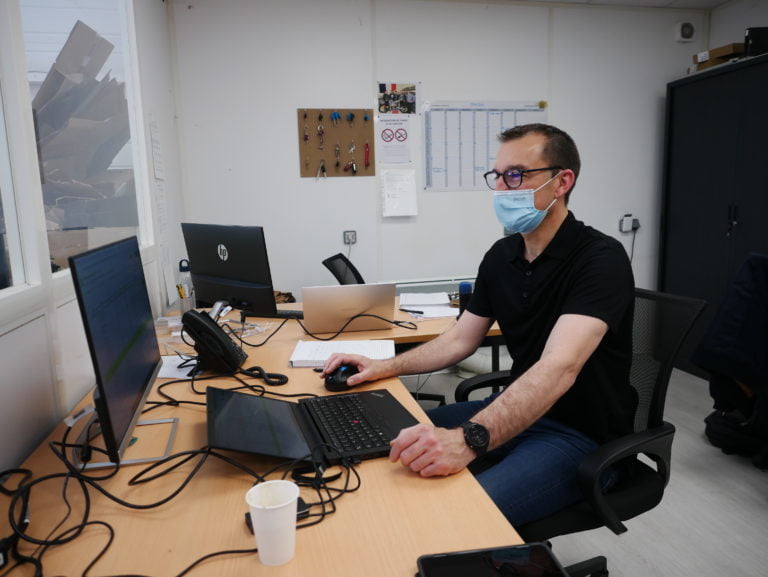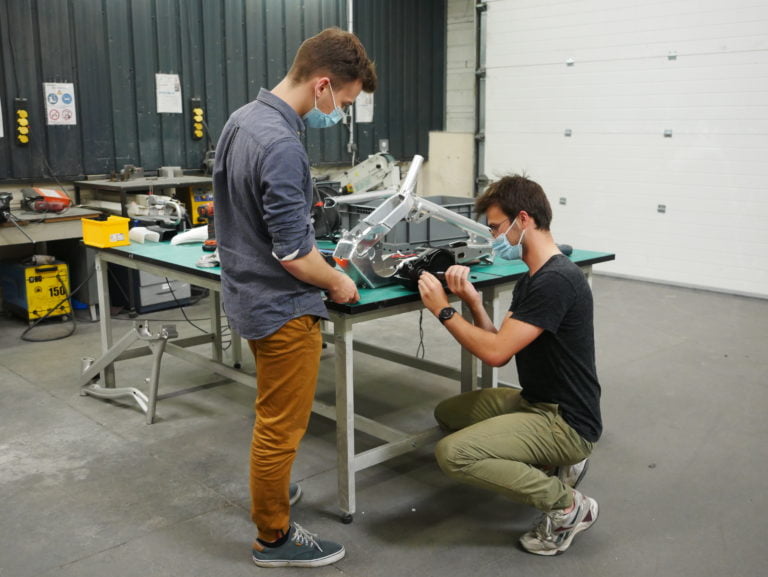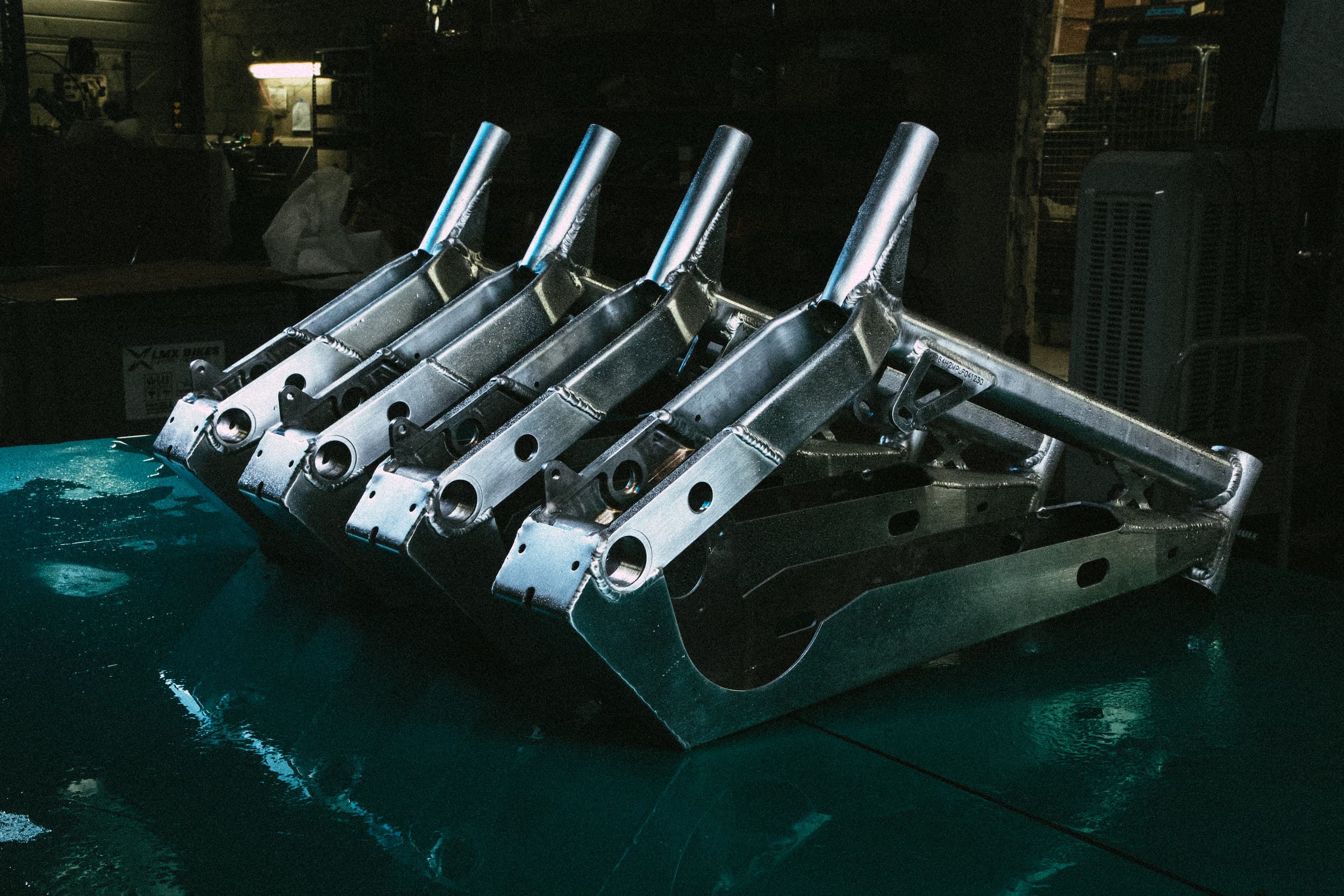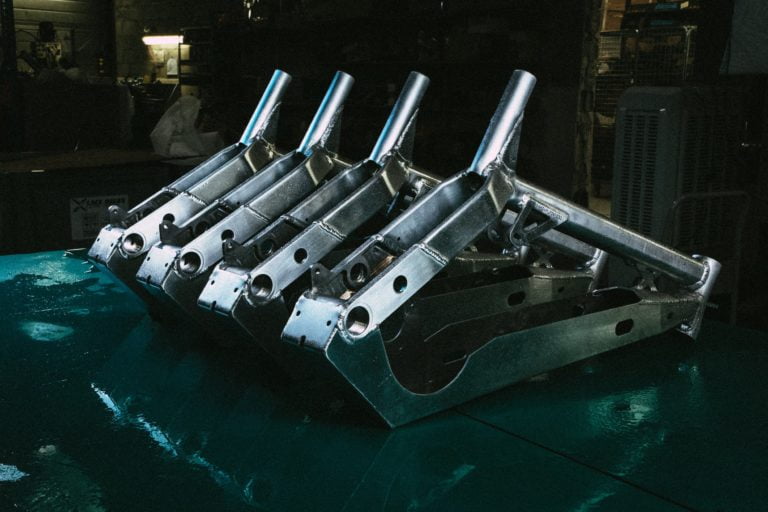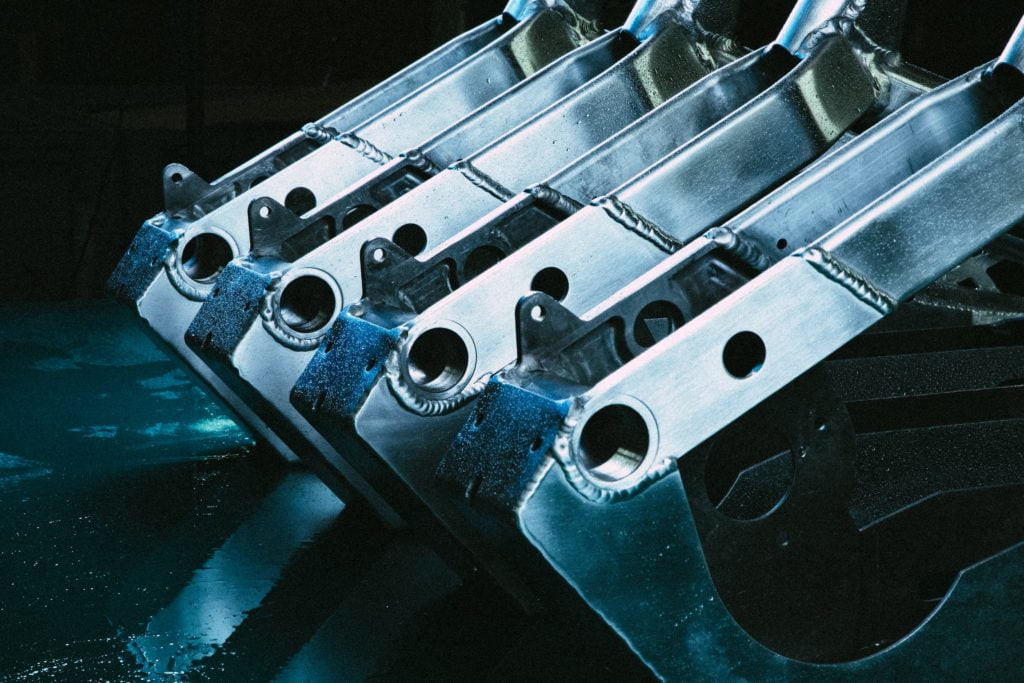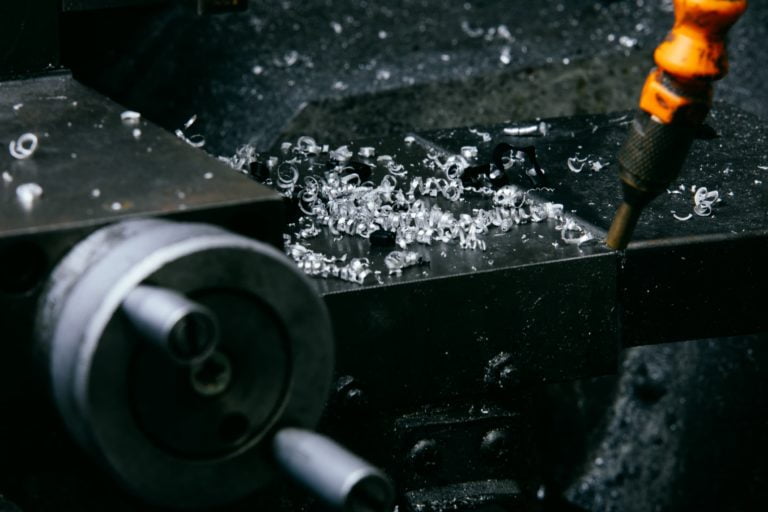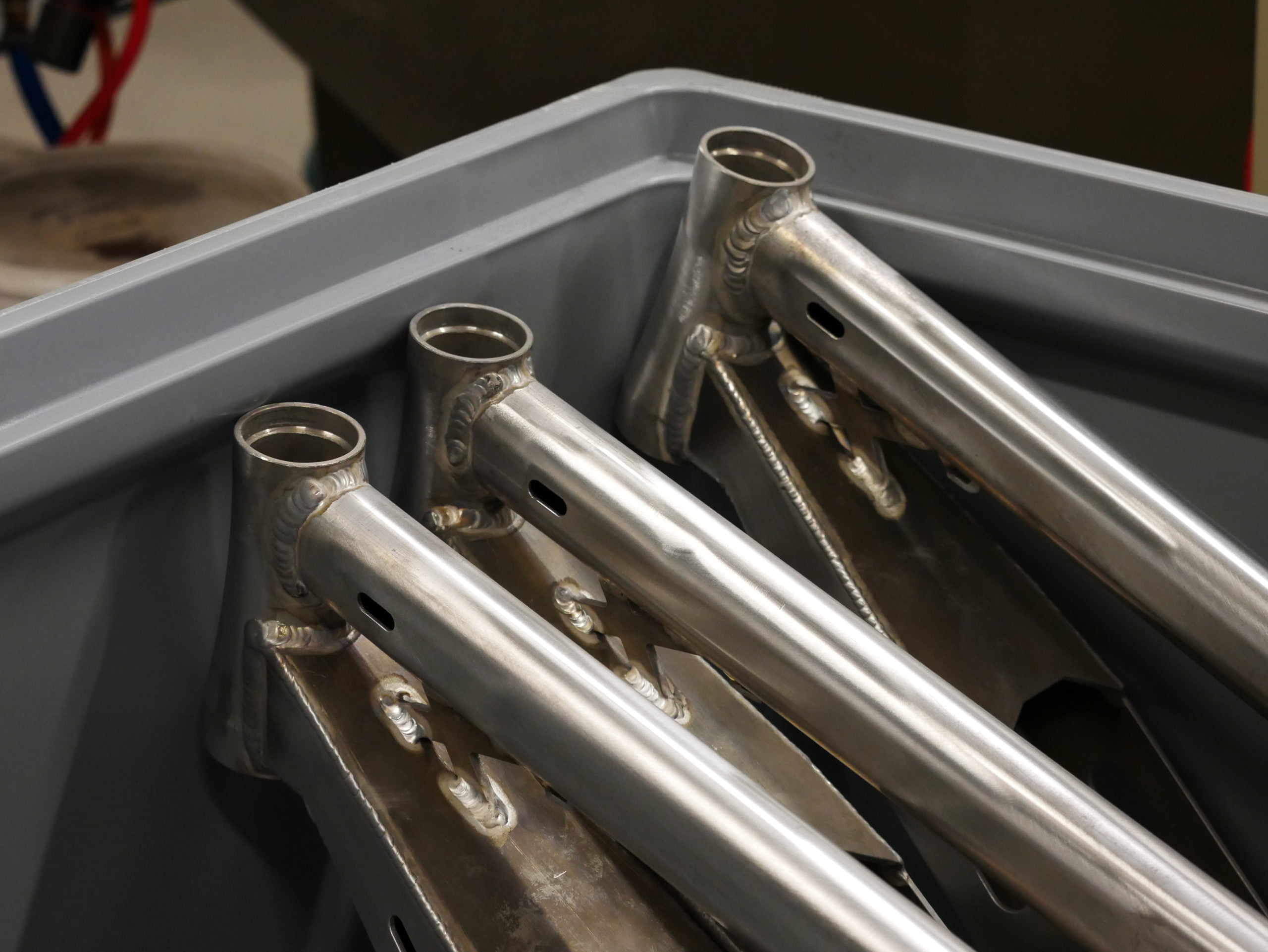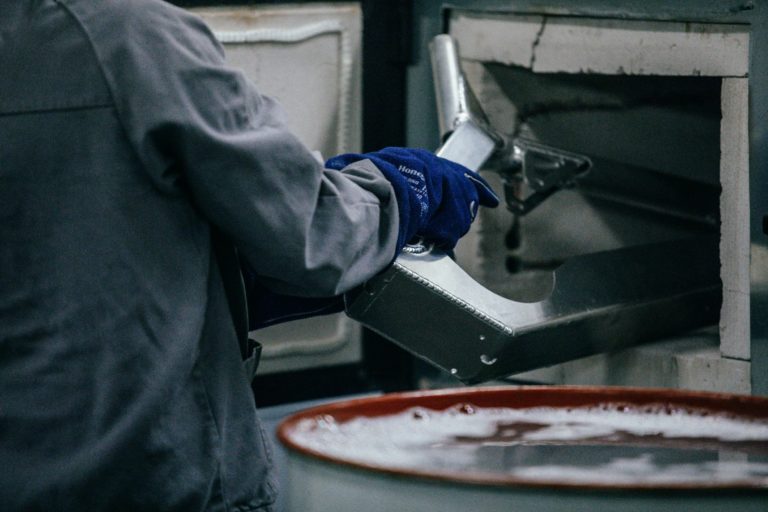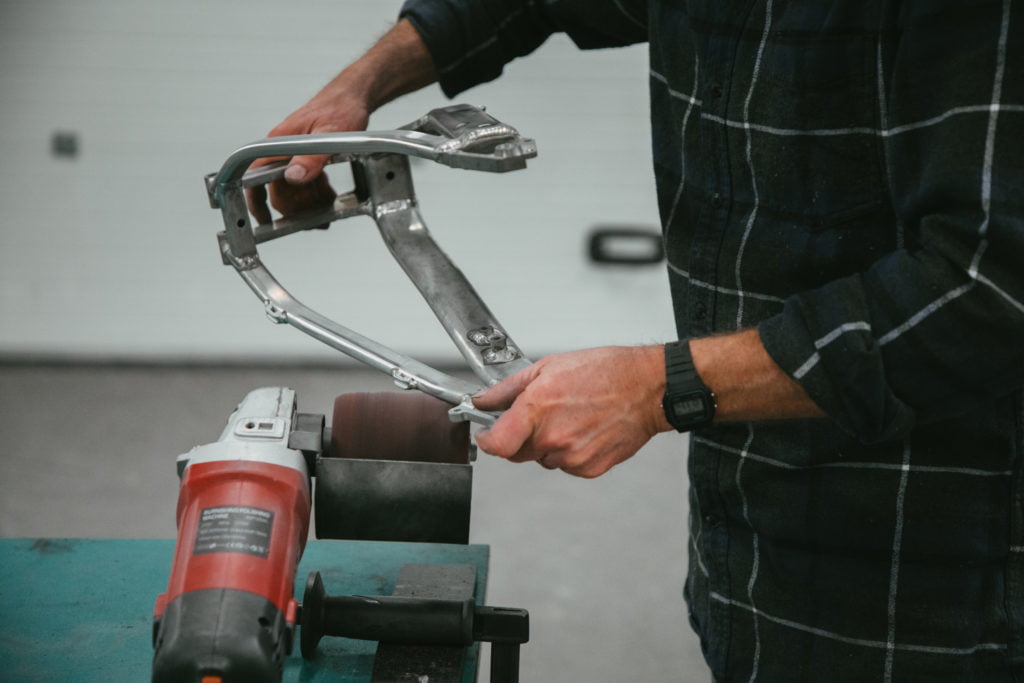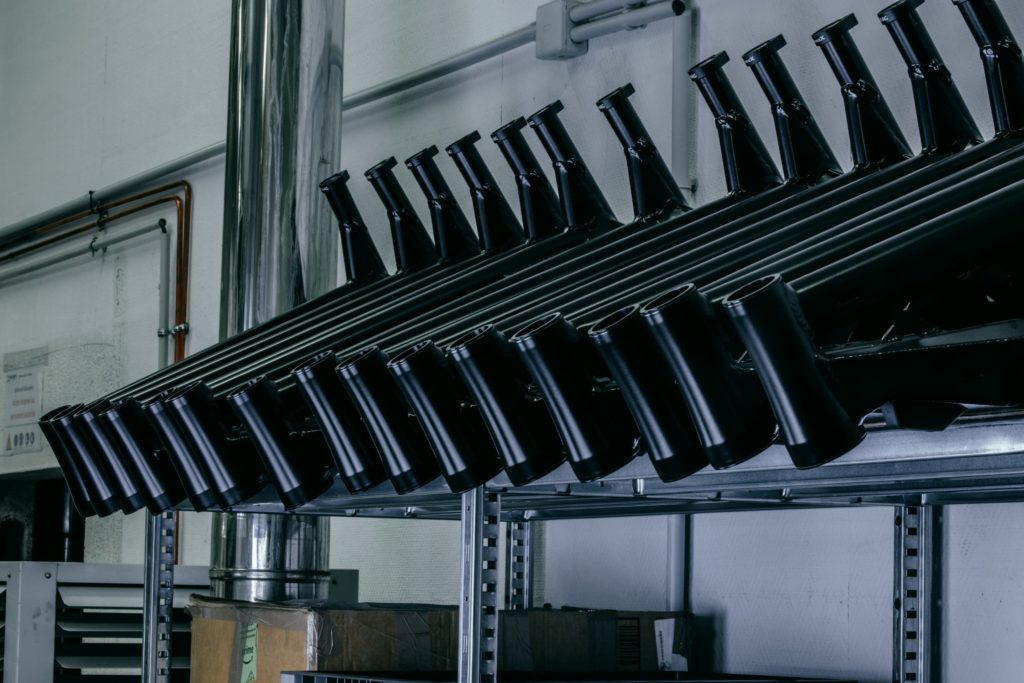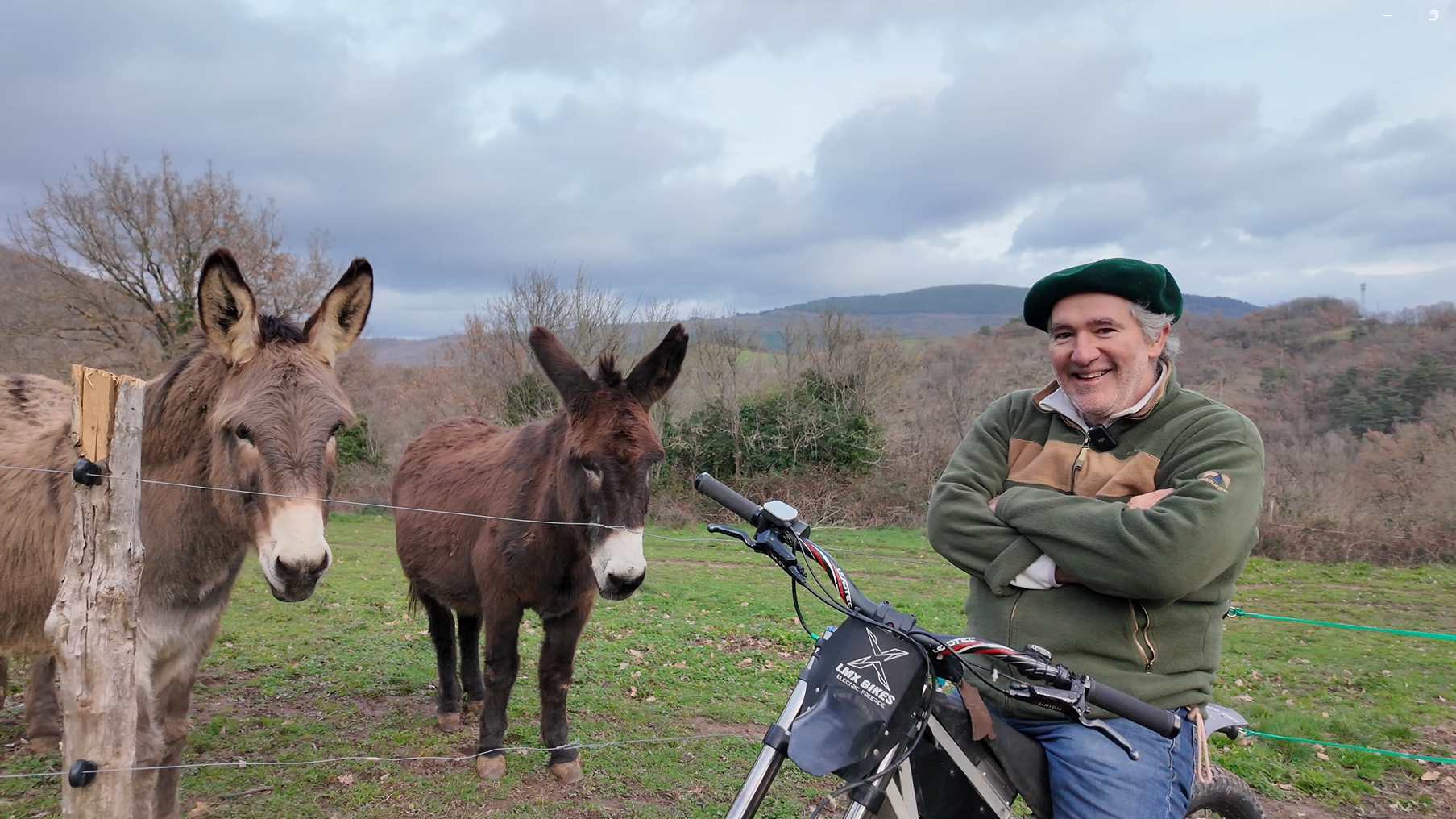
A shepherd on an LMX electric motorcycle, the inspiring story of Hugues
Second episode of our Success Stories series.
Dive into the heart of the LMX universe and discover passionate people who bring the brand to life through their exceptional adventures. This report is available in video, directly on our YouTube channel.
In this article
Hugues, the passionate shepherd from Avène (France)
It is in the heart of the Parc du Haut-Languedoc, in the region of the Hérault in the south of France, that we met Hugues.
Hugues is a passionate shepherd working in the GAEC Des Monts et Des Sources (farm).
Over more than 300 hectares, he manages an impressive flock of 180 ewes, accompanied by around sixty goats. He also practices free-range breeding of pigs and cows.
For the past few years, Hugues has turned to a new means of transportation to move around his farm…
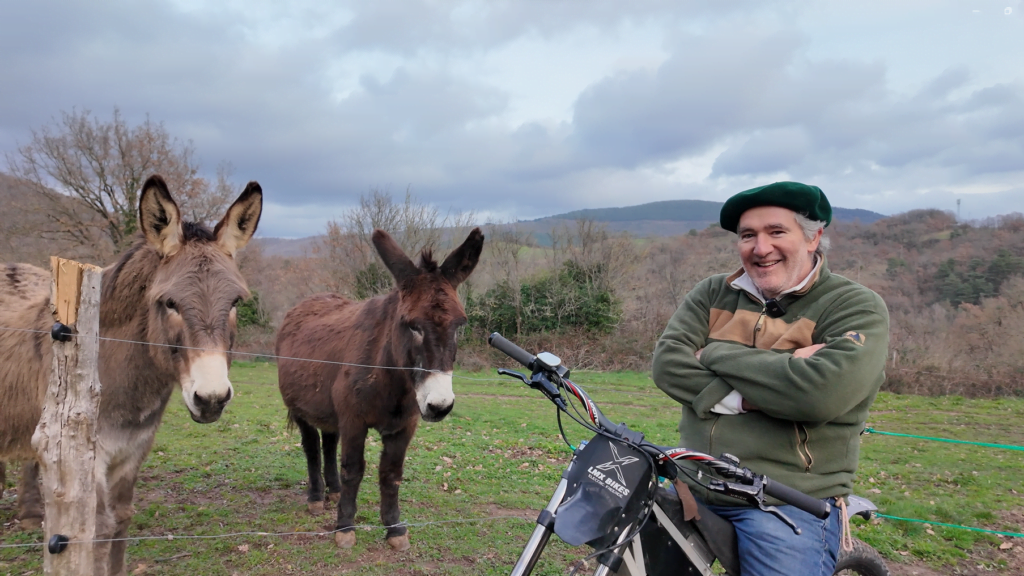
In search of new forms of mobility
About 10 years ago, Hugues faced serious health problems. Walking became increasingly difficult for him. Health professionals advised him to quit his activity to preserve his health.
A career change wasn’t a possibility for Hugues, who wanted to continue his shepherd job.
He set out to find solutions to move around his farm without exhausting himself, despite his health issues.
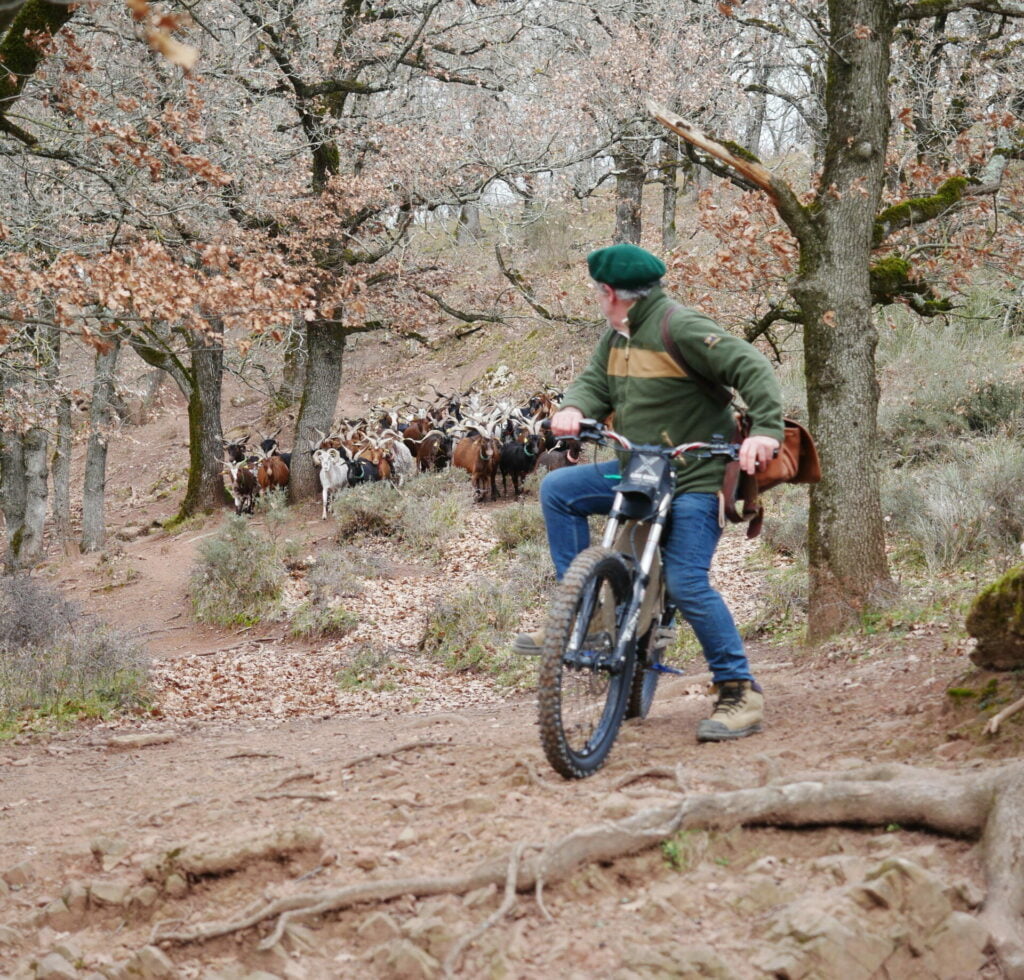
Hugues tried out various modes of transportation, lighter and smaller than a car. He turned to thermal vehicles, such as quad.
However, the thermal quad did not suit him. The noise of the engine frightened the animals, in addition to the smell and heat emitted.
After some research, Hugues discovered on internet a clean and silent alternative to these thermal vehicles: the LMX 161 ultra-light electric motorcycle. After discussing with the LMX Bikes team, he decided to take the plunge.
How has the electric motorcycle revolutionized his mobility?
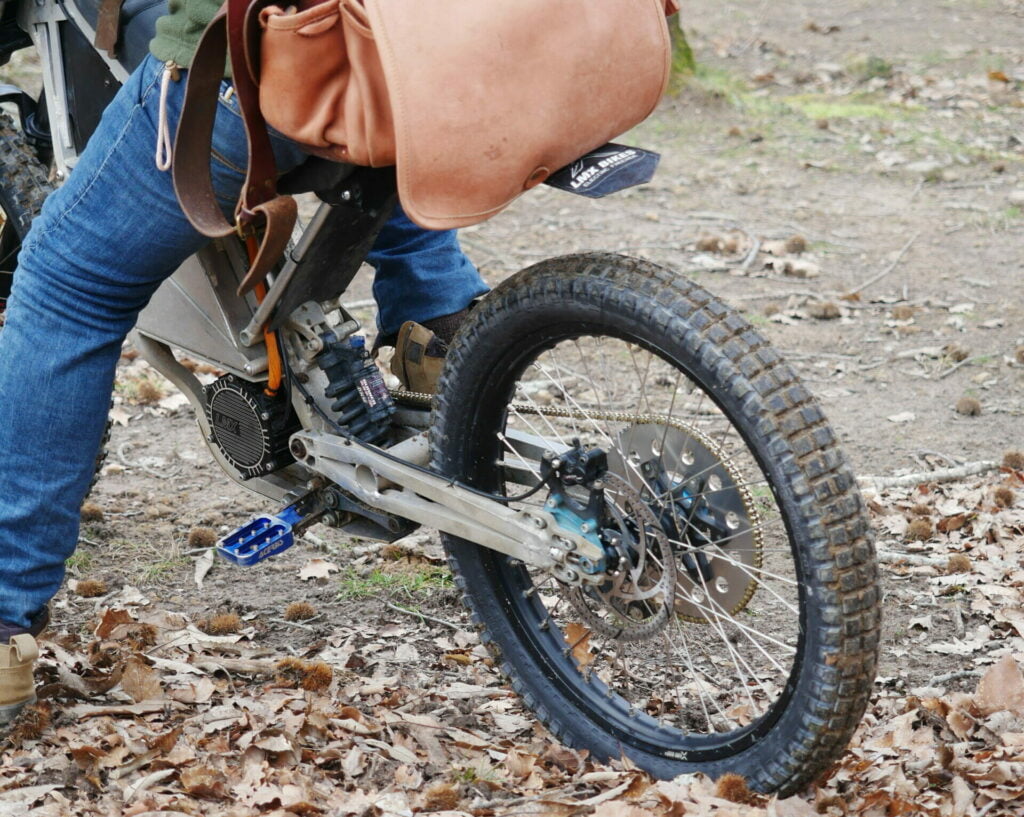
Hugues embarks on the electric adventure. A small revolution in the shepherd’s daily life.
The electric motorcycle LMX 161 allows him great mobility in his farm, even on the most difficult field.
Accompanying the animals to the field, monitoring the condition of the fences, making round trips between the farm and the herd, bringing back a tool from the shed… All these movements are part of the shepherd’s daily routine, which, when done on an electric motorcycle, become more enjoyable.
In addition to saving time and energy, Hugues has noticed a reduction in stress among his animals.
With over 3,000 kilometers on the counter, Hugues proves every day that electric two-wheelers can revolutionize several outdoor professions, such as that of a shepherd or farmer.
It’s an inspiring testimony that we invite you to discover without further delay on our YouTube channel.
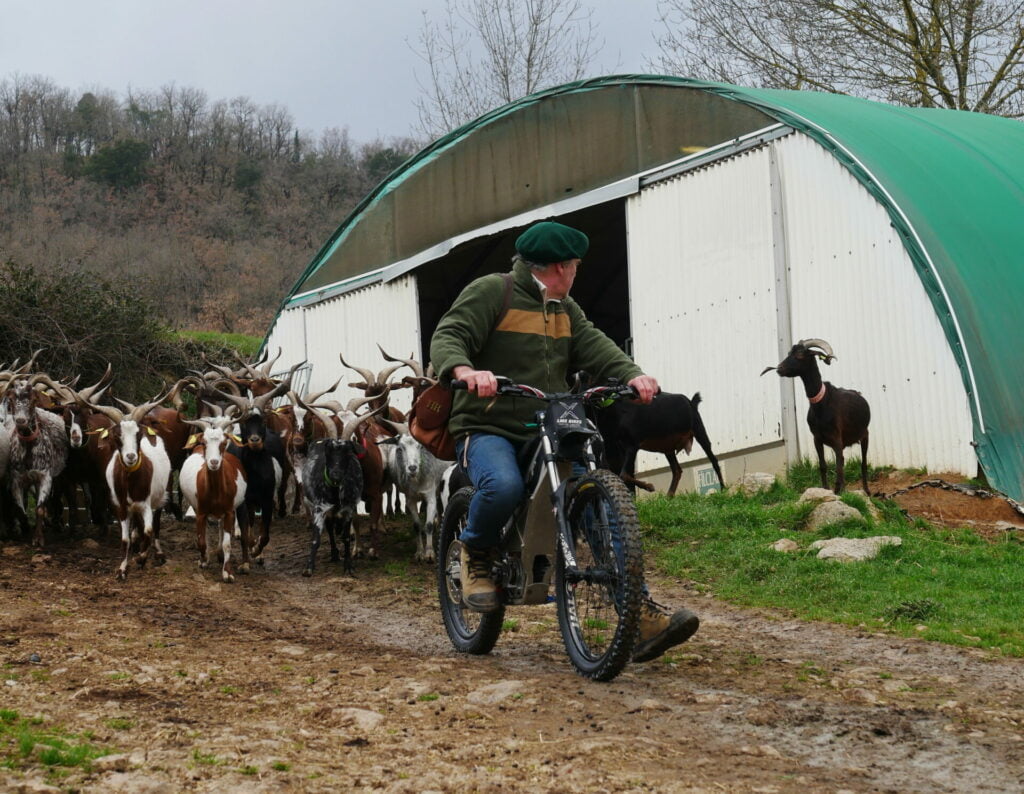
Retranscription video
My name is Hugues, we are in the Haut-Languedoc Park, in the Hérault region. We work on 300 hectares. We have 180 sheep, about sixty goats, and we raise free-range pigs. Ten years ago, I faced health problems, I had arthritis, I could hardly walk.
When I went to see the rheumatologist, he told me that I would have to change jobs, it was not possible!
I found an electric bike solution on the internet. Because we had tried a quad, but the quad smokes, it makes noise, even when waiting for the animals, it pollutes, it’s noisy, it’s unpleasant. It overheats when going uphill.
I found the idea interesting, and then I contacted them, I went to see them, and from there I tried one and bought an LMX. It really met all my needs because at the time, I could hardly walk.
So I would take the animals out with the bike, sometimes I would act as a shepherd with the bike when maneuvers were delicate with the animals.
From there, it’s easier to keep track of your plots, to find animals when they get lost. It’s quite easy to go back over the route we’ve taken during the day, to see if we haven’t lost any animals along the way.
If they are not able to return on their own, we bring them back in a 4×4, but we had already spotted them on the LMX. So we save time, we save energy because we don’t strain ourselves.
And it’s very suitable because on slopes we go very slowly, we wait for the herd, our feet touch the ground well which means we have a good grip, we don’t get tired, and at the same time if we want we can go very fast with the bike.

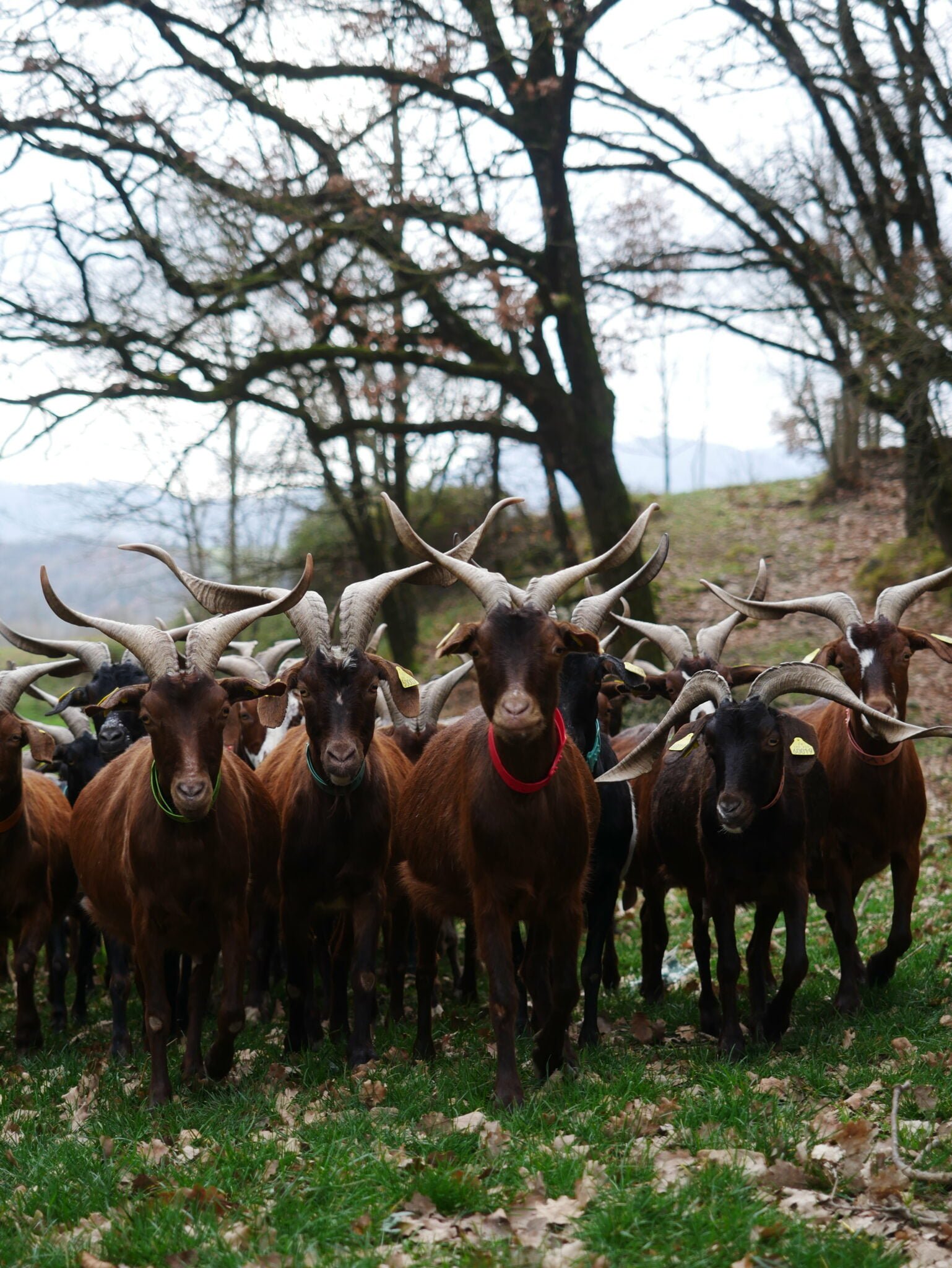


SUCCESS STORIES – The LMX 56 in the heart of the Hortus vineyard : a true utility vehicule.
